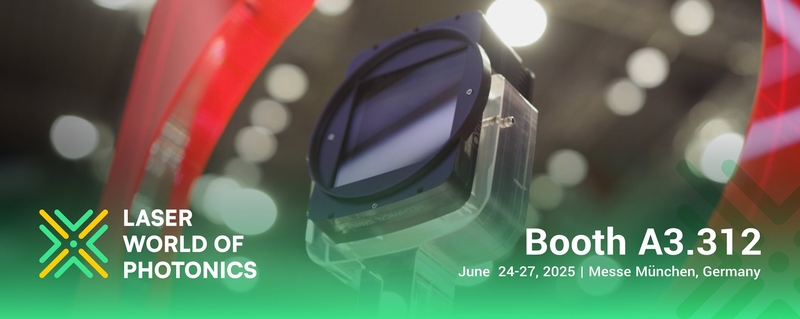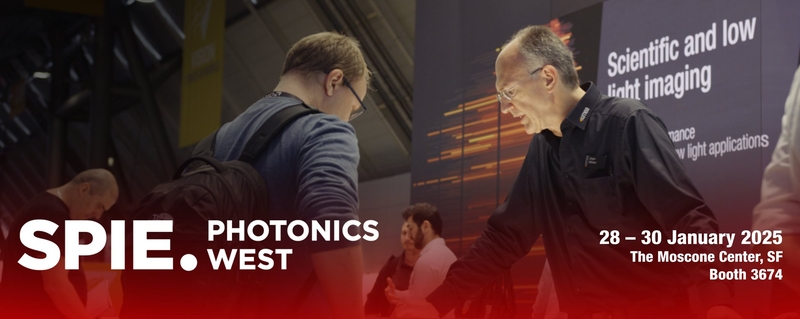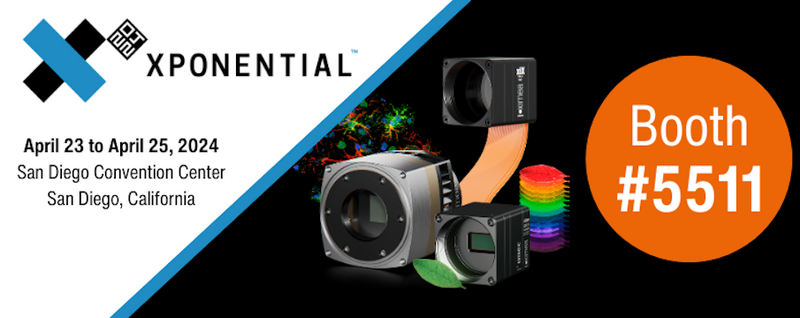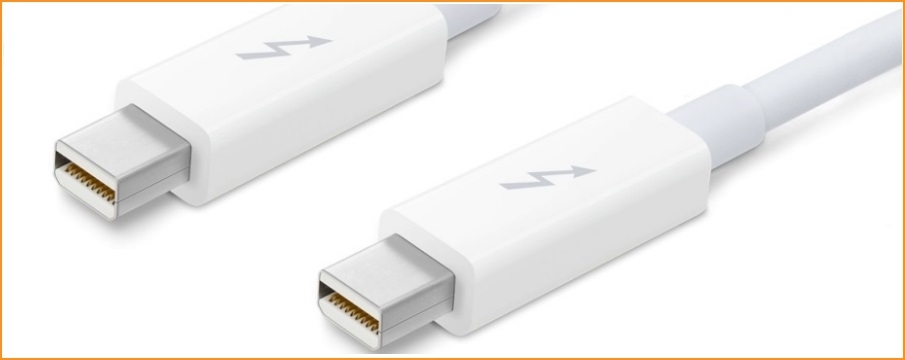
- Home
- News
- Press release
- Product news
- Thunderbolt : is it the next Camera interface?
UPDATE: You can check XIMEA Thunderbolt™ technology enabled industrial cameras HERE
XIMEA's enabled new levels of Image acquisition performance and convenience, now stepping up into Thunderbolt™ 2 Technology. 10Gbps of interface bandwidth, directly to the PC memory, without any CPU overhead, opens new possibilities for the highest performance requirements of machine vision and scientific applications.
Starting 2 years ago, in development of PCI Express, XIMEA foresaw the development of camera interfaces towards technology which extends the PC local bus all the way to the image sensor.
The major advantage of extending the local PC bus, conveniently provided by the Thunderbolt™ 2 Technology, is elimination of redundant communication protocols, like USB, IEEE1394 or Gigabit Ethernet, which require significant resources to maintain their protocol stacks. This also eliminates the need of intermediate storage buffers, thus tremendously reducing image acquisition latency.
Two camera families from XIMEA - xiB and xiT, based on PCI Express technology to seamlessly deliver image data to the PC memory, immediately take benefits of recent reincarnation of "Light peak" from Intel in the form of Thunderbolt™ 2 Technology released with new Apple MacBook Pro.
Thunderbolt™: the major Standard Interface in Industrial Automation?
Thunderbolt™ – developed by Intel – was introduced on Apple’s MacBook Pro on February 24, 2011, and is now available on the iMac and on some RAID systems.
Also, several computer peripheral vendors have announced support for Thunderbolt™ for their notebooks and storage, network and professional camera devices.
The interface offers a host of advantages for our customers as well as for other users.
It is more convenient than USB, offers performance exceeding that of Camera Link or 10GigE, and requires only the power budget of CoaX-Press – all at the moderate price of GigE and Firewire.
A look at the Advantages
Let’s take a closer look at these three advantages: cost, performance and convenience.
First, using the technology is simply less expensive. The copper cable used with Thunderbolt™ provides 10 Gb/s connectivity at a lower cost than is possible with other solutions. No frame grabber is needed, and in 2012 motherboards with integrated Thunderbolt™ controllers became available.
In terms of performance, image data and control path latency are both measured in nanoseconds, while the camera sits on a PC local bus.
The latter point is especially important. All imaging systems involve the transfer of data from the sensor to memory.
In most cases, additional protocols are needed to determine where data is placed in the memory, and this requires additional overhead, additional resources.
With the Thunderbolt™ interface, the camera decides where in the memory the data will be stored.
Effectively, the interface extends the local bus infrastructure. There is no need for protocols, packets, headers, trailers or encapsulation.
This facilitates implementation of the “zero copy paradigm,” where image data is never stored or repackaged before the final destination and is available for processing within nanoseconds.
The reduced overhead is exactly where we see the major advantage and benefit of the Thunderbolt™ interface.
Each interconnect in an overall system reduces the reliability. Because the interface requires fewer components, fewer logical steps and less software, it contributes to higher reliability and better performance.
The plan of Intel for 2015
Thunderbolt™ is a standard interconnect and thus users can take advantage of reusable consumer market components such as connectors, cables and repeaters.
It’s important to note that in 2015 Intel plans to upgrade Thunderbolt™ to 100 m connectivity at 50 Gb/s over an optical cable while maintaining backward compatibility of the connectors. This will lead to even greater strides in enhanced performance.
Thunderbolt™ has all the features to become the major standard interface in general. Depending on Intel’s commercialization strategies, we feel it has a strong chance of superseding 1394A/B, USB and CameraLink and, with the upcoming optical upgrade, surpassing the CameraLink HS, CoaXPress and CameraLink 2 as well.
Our customers could benefit from the enhanced performance, and without incurring any additional costs due to integration.
All of our products with a Thunderbolt™ interface or emerging products – natively support several leading IP libraries.
These include Cognex VisionPro, MVTec Halcon, National Instruments LabView, Stemmer Common Vision Blox and others.
Related articles
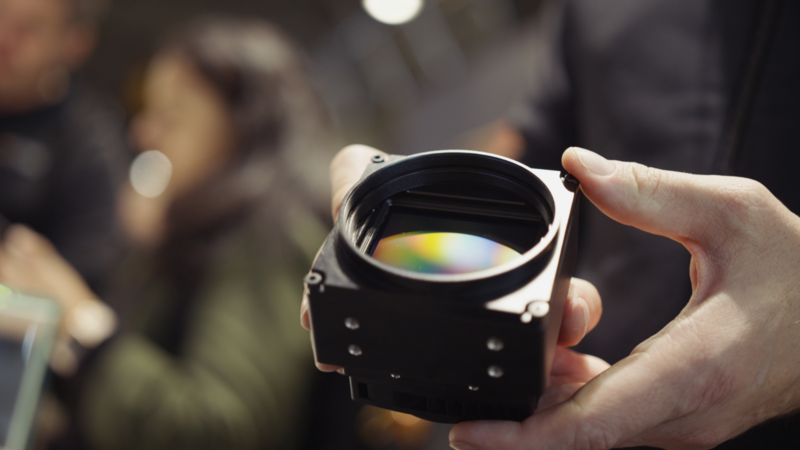

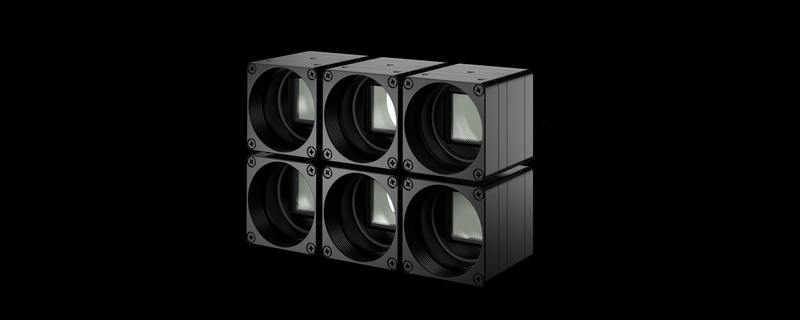
Latest articles

Join us at booth #3138!
